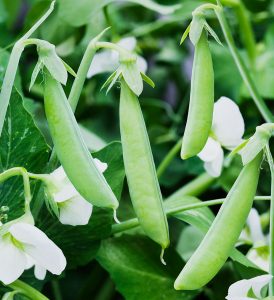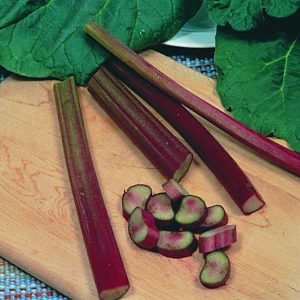

Heirloom. In German, kohlrabi is a “cabbage turnip,” referring to the fact that it is in the cabbage family but forms an edible turnip-like bulb just above the soil line. Not truly a bulb, it is an expanded stem. The unusual purple bulbs have a mild turnip-like flavour and may be eaten cooked or raw. Be sure to harvest while still young or the bulbs can get pithy. Good source of vitamin C. Harvest by pulling the plant and trimming away the stems and roots.
- Bulb size 2 1/2 inches
- Matures 43 days<
- Plant spacing 9 to 12 inches apart
- Plant size 12 to 18 inches tall
Light requirements Full sun.
Planting Space 9 to 12 inches apart.
Soil requirements Kohlrabi needs moist but well-drained, nutrient-rich soil. Amend soil with 4 to 6 inches of compost or other organic matter prior to planting. Soil pH should be 6.5 to 6.8.
Water requirements Evenly moist soil is the key to tender stems. Apply 1 to 1.5 inches of water per week if it doesn’t rain. Apply mulch to help soil retain moisture.
Frost-fighting plan Established plants tolerate hard frost (temps below 28º F). Frost sweetens stem flavor. Protect newly planted seedlings from late spring or early fall frosts by covering plants with a frost blanket.
Common issues Pick stems before bulbs elongate and become tapered; at that point, they’ll have a more bitter flavor. The same pests that like cabbage may attack kohlrabi, but it’s usually less troubled by aphids, root maggots, cabbageworms and other caterpillars. Clubroot and black rot diseases can be a problem. Clubroot can linger in soil for up to 20 years, so don’t plant kohlrabi in beds known to have been afflicted by clubroot in the past.
Harvesting Harvest kohlrabi stems when they are still young and tender, usually about 2.5 to 4 inches in diameter. Cut them from the base of the plant. Trim the leaves from the stem and save them to cook separately.
Storage Refrigerate kohlrabi stems in sealed plastic bags in the vegetable drawer. Stems keep for 2 to 3 weeks, but may become woodier as storage time increases.



